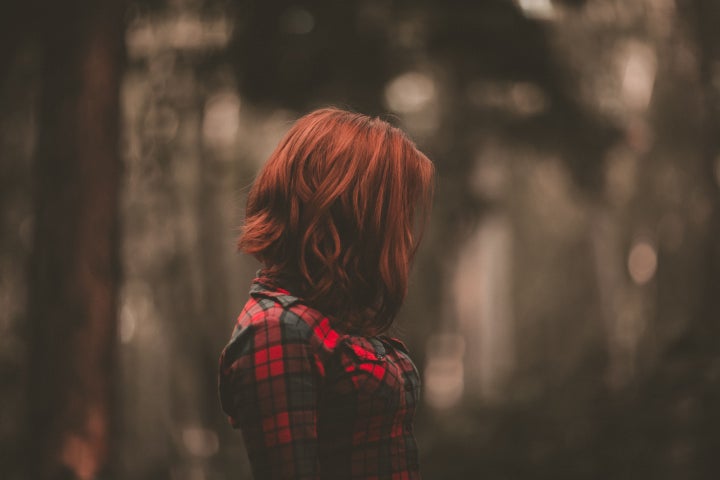Depression looks different on each person. Some people are irritable, others isolate from their friends and many people sleep too much or not enough. Depression isn’t a “one-size-fits-all” condition. There are different types of depression and it’s important each of them. That’s why it can be hard to figure out if your friend is depressed. Another thing about depression: it can be easy to hide if you try hard enough. You could have a loud inner critic that no one knows about but you. There isn’t anyone inside your head to hear that mean voice. In addition to the symptoms differing for depression there are different sorts depression that people experience.
There’s Major Depression, which 6.7 percent of the American population experiences. These are some symptoms that people with MDD experience:
- Poor sleeping habits - including sleeping too much or not enough
- Irritability
- Social isolation
- Feelings of hopelessness.
- Thoughts of suicide or plans to take one’s one life
- Loss of pleasure in daily activities
- Difficulty concentrating
- Moving more slowly
- Appetite changes including eating not enough for overeating
These are just some of the symptoms that people with Major Depression experience. One of the challenges that people experience who are depressed is the inner voice of depression. Depression’s voice is different from your normal internal monologue. There is an expression: depression lies and this sentiment couldn’t be more true. Depression tells you that your worthless, no one cares about you, and that you should give up. It’s hard to close your ears to this voice because it’s loud and persistent.
Another clinical diagnosis that features depression is bipolar disorder. Bipolar type I was initially referred to as “manic depression. The reason for this is because the person living with bipolar disorder experiences symptoms of depression followed by symptoms of mania. Mania makes the person feel euphoric but can be dangerous to the individual experiencing it. Some symptoms of mania include fast talking, extreme amounts of energy, significantly decreased need for sleep, inflated ego, hyper-sexuality, risky behavior and impulsivity; read more about mania here. Sometimes mania can come with psychosis and this can be extremely dangerousIf you believe that you are experiencing mania, contact a mental health professional immediately.
Bipolar type II is different from type I. Someone with bipolar type II doesn’t experience true mania, but rather something called “hypomania.” Some symptoms of hypomania include: increased confidence, fast talking, irritability, hyper-sexuality and an unrealistic sense of one’s ability to do things. These are just some of the symptoms of bipolar type II. Bipolar type II differs from type one in a couple of ways. Firstly, someone living with bipolar type I goes into full blown mania, which can last three months if untreated. Where as someone with bipolar type II can have hypomania for as short as four days but could be slightly longer.
Now that you’ve read about depression and bipolar disorder you can see the difference. If you’re experiencing any of the symptoms associated with either mental health condition, contact a medical professional and schedule an appointment to get treatment. Mental health issues are just as valid and real as physical health conditions. You CAN get help and it’s as simple as scheduling that first appointment.

Depression differs from bipolar disorder
